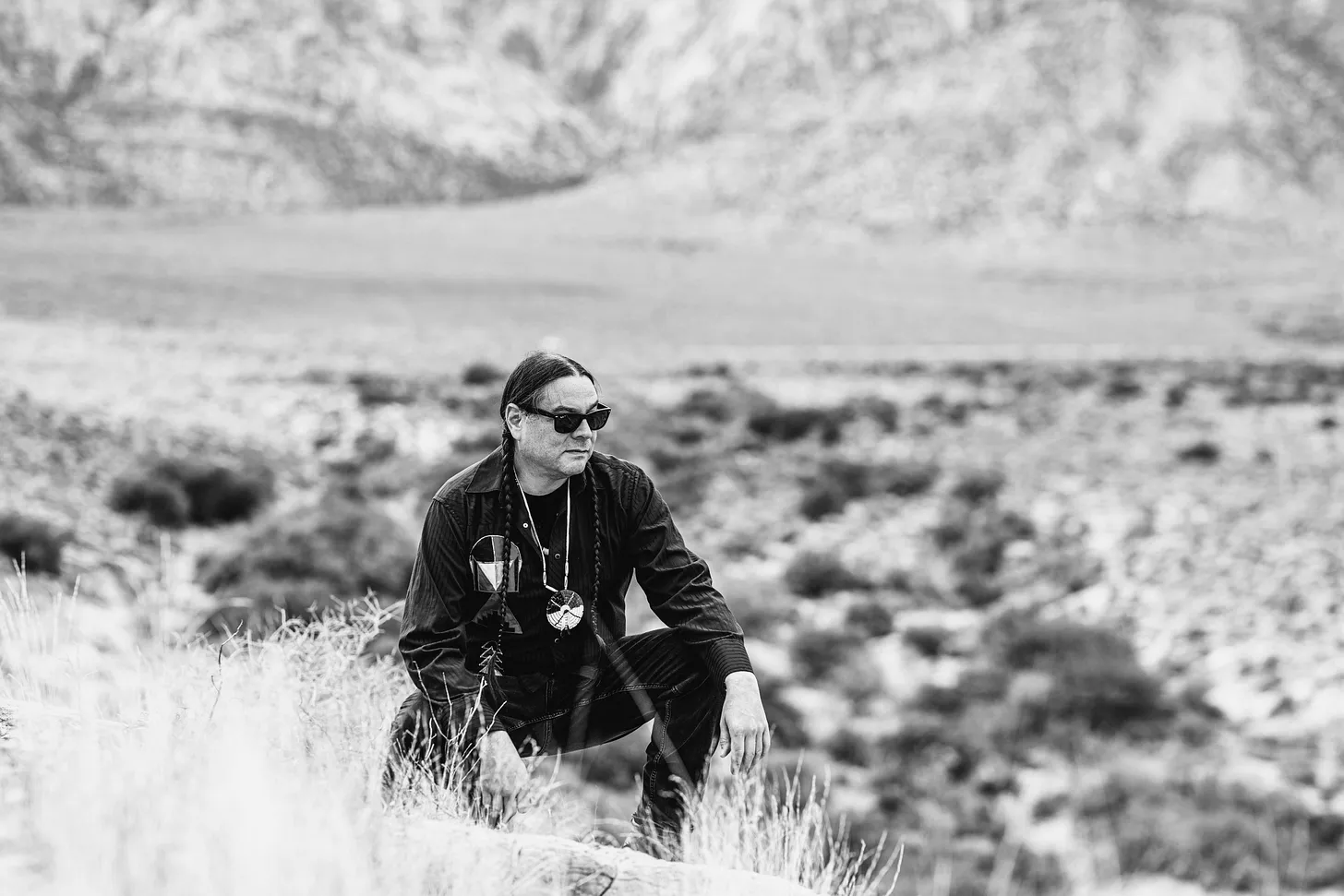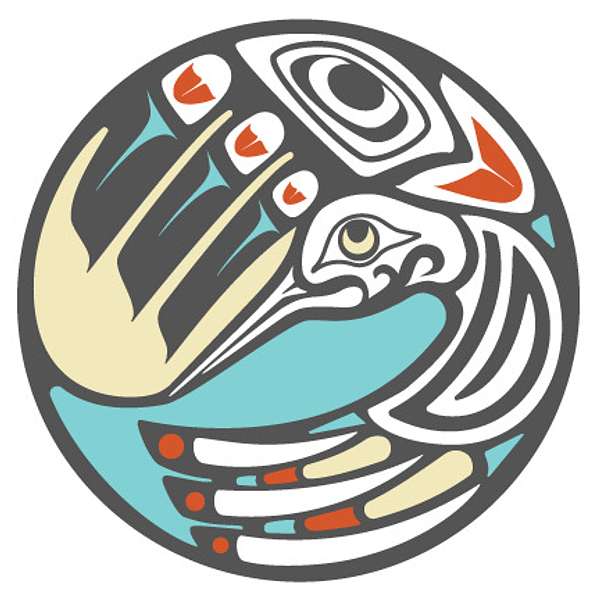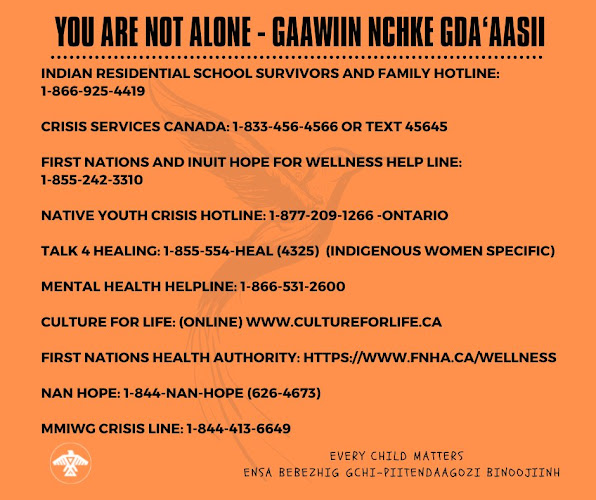6/6/2025: ARIZONA: The Future, MINING, Man Camps and MMIWG
As Lian BigHorse helps her daughter prepare for her coming of age ceremony, she quietly tells the tragic story of Emily Pike, a teenage girl from her community who went missing, and was later found murdered, earlier this year.
“We’re talking about how to start educating our community locally on what’s happening, and the impacts of losing even one person,” said BigHorse, the daughter of Dr. Wendsler Nosie Sr., an Elder who has been working for decades to protect Chi’chil Biłdagoteel, a sacred site in Arizona’s Tonto National Forest.
BigHorse explains how extractive resources correlate directly with increased sexual violence, exacerbating the crisis of MMIWG+. “People don’t know – because it’s so under-reported, and rarely are perpetrators brought to justice,” she said.
As a director of children’s mental health at San Carlos Apache Tribe, and professor of Native American Studies at the American University of Sovereign Nations, she wants more people to understand what’s at stake.
“Our community doesn’t understand what’s happening across the nation.”
With minimal infrastructure surrounding them, mining “boom towns” have historically been vulnerable to crime, states the U.S. State Department’s office to monitor and combat human trafficking. “The link between these industries and sex trafficking is increasingly an issue of grave concern.”
Superior Mayor Mila Besich says she supports the planned Resolution Copper Mine, but is candid about her concerns that come with an influx of workers, and the risk of increased gender-based violence.
“Mining is inherently like a frat house,” she explains, drawing comparison to gender-based violence in the military. “When workers are brought in from far away, and families are separated, that mentality takes root.”
“I’m vehemently opposed to man camps – not going to happen,” she said, unflinching in her resolve “I do not want to be number one in domestic violence. I do not want to be number one in STDs.”
“Areas where extraction activities occur are usually remote and may be difficult to access, meaning that workers are isolated from government oversight and community support, and may have less access to protective services, legal advocates, and law enforcement personnel.”
MUCH MORE👇
A warrior history
Apache Leap refers to a sheer 500 foot cliff looming over the town of Superior, Arizona. The name tells the story of Apache warriors choosing to leap to their death rather than surrender when the U.S. Calvary drove them to the edge in the 1870s – right around the time when mining began in the area.
It’s a town of around 2,500 people who know the boom/bust cycle of copper mining. Once prosperous, the economic downturn came in the 1980s, when Superior lost all copper production in the state.
The town council meets in the local town hall – an old school with peeling tiles and a large mural declaring the town’s mining history.
Chi’Chil Biłdagoteel
After Highway 60 runs through Superior, it continues on through the distant hills. Rising on the other side of the Apache Leap is Chi’chil Biłdagoteel, a place of direct connection to the Creator and specific religious ceremonies since the beginning of Diné time.
Protecting Chi’chil Biłdagoteel, also known as Oak Flat, has been at the centre of a decades-long legal fight.
For generations, Apaches and other Native peoples have gathered at Chi’chil Biłdagoteel to conduct sacred ceremonies. Oak Flat is listed on the National Register of Historic Places and has up to now been shielded from mining and other destructive activities.
Now, the administration of U.S. president Donald Trump said it intends to approve a land transfer that will allow a multinational mining corporation to destroy the sacred Indigenous site.
Last week, the U.S. Supreme Court rejected the challenge from the Apache people. Despite this legal setback, the Apache Stronghold are vowing to continue the fight.
Lian BigHorse describes Chi’Chil Biłdagoteel as the place where her daughter could find all her medicinal plants within walking distance. “How my dad speaks of it, you could live and die there. He means that it has everything that you need to survive to make your own shelter, to feed you, and drink from the waters there. That’s those holy places that can provide everything for you.
“And that’s what’s being destroyed.”
It’s why she says she’s focused on helping young people understand that the reservation was originally intended to be a prison.
“A hundred and twenty years ago this was a concentration camp when they rounded up the last of the Native people, mostly Apache people, but also Mojave Yavapai and Mexican people here,” BigHorse said. “All those that weren’t already put on reservations, they rounded them up here.”
| Lian BigHorse stands near the former Hells 40 Acres valley on the San Carlos Apache Indian Reservation. Ricochet file photo by Brandi Morin |
When your grandparents were born into a prison, she says, it puts the 75 per cent unemployment rate into a different light. “Then knowing how resilient our people are – and we’re dropping those barriers.”
Understanding history is how her people will heal, she explains, but it’s also a matter of educating young ones beyond the standard high school curriculum. It’s about getting “out of that box, because the whole curriculum is about the ‘American Dream,’ ‘the American Way.’ That’s what they’re programmed with, pledging allegiance to the flag, all these things.”
Roger Featherstone, spokesperson for the Arizona Mining Reform Coalition, told Ricochet that the reasons provides by the mining companies about the need for these mines keep shifting. “During the Biden administration, the rhetoric was all about ‘we need to mine our way out of climate change.’ Now, the rhetoric has gone back to, ‘we need these mines for national security.’” At the end of the day, he said, it’s really all about more profits for shareholders.
Henry Munoz, member of the grassroots group Concerned Citizens and Retired Miners Coalition, said he’s afraid Trump’s promise to accelerate resource extraction everywhere will lead to a free-for-all. “And at what cost to the environment? Big money has stepped in and now a lot of EPA regulations are being abolished. Communities will suffer.”
Finding ways to engage with industry
In a boardroom at the Walter Cronkite School of Journalism at Arizona State University in Phoenix last year, a group of consultants and lawyers came together to discuss ways they can bring Indigenous concerns to the mine development process.
“I’m coming from Hopi reservation, and we see posters [of missing women] – but I know a lot of people don’t understand what that means,” said LeRoy Shingoitewa, who has more than 30 years of experience working in education, as well as holding several tribal government positions.
He says he knows of at least 20 people, women and girls who were last seen in his reservation going back many years — cases that are now included in a newly launched MMIWG database.
It’s a number that’s likely much larger, he said. The data collection is limited by many factors, including underreporting, poor record-keeping and racial misclassification, among others. The database will be updated as Arizona Luminaria receives new information.
Shingoitewa works as Tribal Monitor Lead for WestLand Resources, an engineering and environmental consulting firm that calls mining “their lifeblood,” their website states, “responding to the engineering, environmental, and regulatory challenges facing mining companies.”
When negotiating agreements with industry, he says it’s not clear what companies will agree to, especially in relation to MMIWG.
There’s a lack of information filtering to communities, he says, and to some extent, the companies would prefer to keep it that way.
“If the tribes don’t know themselves, they can’t ask for something they don’t understand,” Shingoitwewa said.

Lawyer Jay Tomkus, who represents tribes in legislatures and while engaging with federal agencies, said there’s significant resistance to making any consultation mandatory, because there’s a fear and a misunderstanding by industry that it “gives tribes a veto. That’s the perception,” he said.
“Consultation is not a veto – it’s not anywhere close to a veto.”
Still, he says, “the baseline minimum in a lot of cases really is consultation.” Asking free prior and informed consent, with an opportunity to object, is just out of the question.
“The mines are more willing to actively have those conversations with the communities, but they definitely don’t want to be required to do so. That’s depressing,” says Tomkus.
It reflects the broader legal and political context that has historically favoured resource development over tribal sovereignty.
All the voices at the table emphasize the sovereignty of individual tribes, although it doesn’t appear they’re asserting it as forcefully as land defenders – sovereignty being the premise of nations’ right to govern, protect and preserve.
Searching for solutions
Mayor Besich says community benefits agreements seek to address the issue of missing and murdered women and girls through funding for increased policing.
She’s also pushing for the company to provide family-inclusive housing. She sees family housing as key to proactively avoiding the man camp culture, and says workers bringing their families would help revitalize the town.
Resolution Copper is owned by Rio Tinto and BHP, two of the world’s biggest mining companies.
“Rio Tinto has done two reports now on bullying and harassment and sexism within their company, and it was shocking,” said Featherstone, from the mining reform coalition. “Well, I shouldn’t say it was shocking, because of the culture of the companies.”

The reports showed an ongoing culture of bullying, harassment and racism. Nearly a quarter of its 45,000 employees reported sexual harassment at work, including incidents of extreme violence such as rape or sexual assault.
The reports followed a 2020 inquiry by the Australian Human Rights Commission finding 74 per cent of women in the mining industry had experienced sexual harassment.
Rio Tinto’s CEO Jakob Stausholm called the results “disturbing” and the company would implement all 26 recommendations from the report. Of the nine not yet implemented, one specifically includes contractors to complete training around sexual harassment, bullying, and racism.

Despite Rio Tinto applauding themselves for implementing most of the recommendations, a progress report released last year showed 40 per cent of respondents witnessed bullying, sexual harassment or racism over the previous year, with 46 per cent of people saying they had taken action, and 45 per cent saying they hadn’t. Among those who had experienced sexual harassment, only 13 per cent made a report or complaint about the sexual harassment.
Sexual harassment towards Indigenous people in the workplace has risen to 10 per cent, compared to seven per cent in 2021.
“If they’re allowing it within the companies, they’re certainly not going to be very forceful about what happens outside, in the communities,” said Featherstone.
The mining reform coalition has raised the concerns regarding violence against women and girls with the corporations. “The attitude in their mining plans is, ‘well, that’s not our problem.’
“It’s just another example of the companies taking all the good stuff and leaving us with all the bad stuff.”
This story was made possible through a reporting grant from International Women in Media Fund, in combination with a fellowship for a Critical Minerals Institute, hosted by the Institute of Journalism and Natural Resources.
FYI: RIO TINTO is the British Royals...


























No comments:
Post a Comment
Please: Share your reaction, your thoughts, and your opinions. Be passionate, be unapologetic. Offensive remarks will not be published. We are getting more and more spam. Comments will be monitored.
Use the comment form at the bottom of this website which is private and sent direct to Trace.